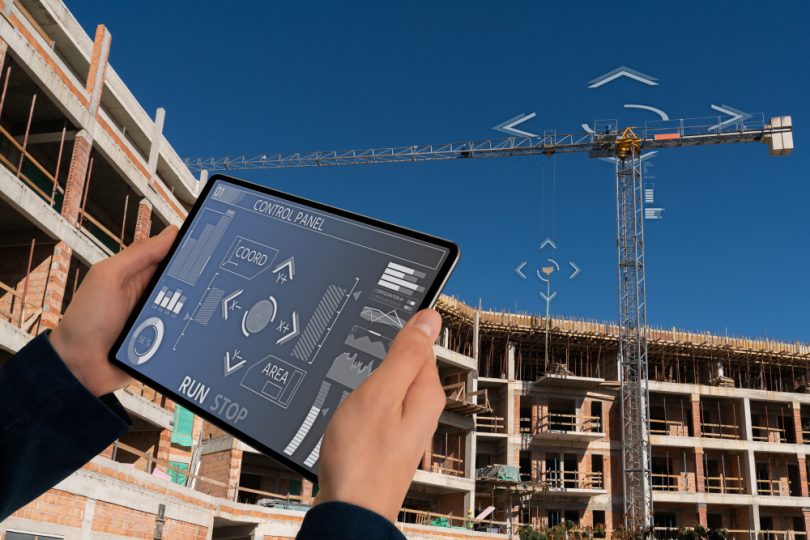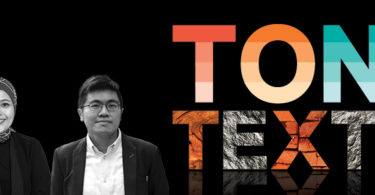By Anisa Pinatih
During the lockdowns, people from different sectors had to adopt digital tools to sustain their business. The pandemic has, therefore, been the catalyst for accelerated change in almost all industries, including construction, which has not been innovating at the rate and scale it could have for a long time. Compared to the other sectors, the levels of digitalisation in construction are low, the ecosystem fragmented and the fault rates high. What COVID-19 has brought to the fore is a change in attitude towards digital tools and expedited decisions on investments in new technologies. Modernisation and digital transformation, therefore, are likely to continue accelerating and will become the new standards in the construction industry.
STAKEHOLDERS’ VIEWS ON DIGITALISATION
McKinsey & Company surveyed 400 leaders in the industry, with 47 per cent from North America; 39 percent, Europe; 11 percent, Asia–Pacific. Seventy-five per cent of the respondents agreed that within the next five to 10 years, the construction industry will be constantly shifting, and that COVID-19 has accelerated the changes and transformation.
A survey of 250 managers by Procore Technologies reveals that 66 per cent of companies in the UK rolled out new technologies during lockdown, with 94 per cent reporting an improvement in their teams’ performances. Eighty per cent of them believe that working with an integrated digital platform will play a key role in the future of construction work. Fifty-two per cent respondents who facilitated online collaboration and adopted productivity technology solutions since lockdown said the safety for their teams had improved.
Another survey identifies which of COVID-dictated improvements have the best chance of being adopted in the long-term.
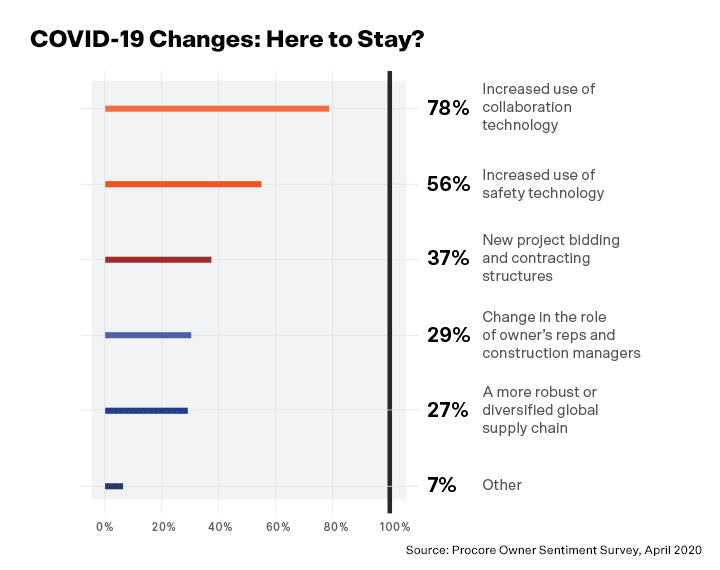
In Asia-Pacific, spending on public cloud (and related services) alone is growing at an average rate of 25 per cent across the region, outpacing the increase in the US and Western Europe’s mature markets (Jakarta Globe). Seventy-one respondents believe that such attitudes toward cloud are driven by innovation and risk reduction, both of which have come into focus during the crisis.
Tech adoption during the lockdown periods has been high, and design adaptation in response to the pandemic involves the adoption of new technologies as well. As such, for a sector that is known to be slow in the uptake of technological innovations, a digital transformation seems swiftly underway.
COVID-19 has brought about shifts, not only in terms of business operations, but also in design and architecture.
TECH ADOPTION DURING THE PANDEMIC
Zoom meetings and virtual visits have been the norm during the pandemic, and these are likely to become a standard in construction practices moving forward. Managers have now started using commercial site monitoring systems to keep their projects in check. With 24/7 security/surveillance cameras, project leaders see how progress is coming along, answer team questions, and fix issues in real-time remotely.
Electronic ticketing and contactless proof of delivery have been adopted to minimise contact. Material suppliers and producers share data on paper tickets with customers through apps, and buyers acquire the same information digitally. This allows for say automatic inter-enterprise operations and real-time visibility of heavy material orders and deliveries.
Tracking devises, which were originally designed to keep workers safe on construction sites, have been utilised as a contact tracing system in case of infection. The workers’ locations on the site could be monitored (originally to give an instant-alert system for accidents) to prevent the spread of COVID-19; if a worker was infected, the spread could be minimised by checking who they have been in close contact with.
The bottom line is tech adoption has gone beyond virtual meetings. It has facilitated project coordination and monitoring, and helped minimise the risk of infection. Many have even invested in cloud computing and servers before the pandemic, which have proven beneficial when the work-from-home scheme was introduced.
Read: How COVID-19 will shape business resilience and influence architecture and design
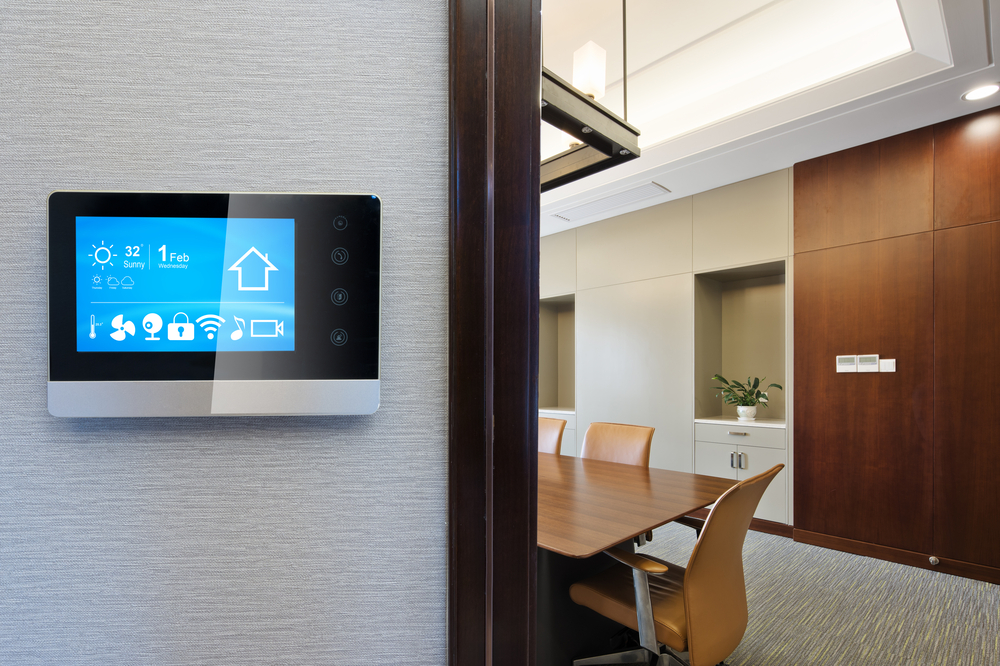
A modern meeting room with a digital control system; image by zhu difeng/Shutterstock
DESIGN ADAPTATION IN RESPONSE TO THE CRISIS
Prefabrication and modularisation have existed in construction for a long time, but they gained greater traction during the construction of makeshift hospitals worldwide. In the new normal, where staggered work hours remain in place, this approach may remain popular. Modularisation saves time, hence minimises workers’ time spent at worksites.
Similarly, attitudes toward reducing carbon emissions has been on the rise before the outbreak, driven by both client demands and environmental regulations, as well as a push to create healthier buildings and improve occupants’ health. During the outbreak, this became a more crucial consideration. To minimise the coronavirus spread in hospitals, heating, ventilation and air-conditioning (HVAC) systems had to be improved. Optimisation of ventilation strategies and systems, both in houses and other buildings, was part of governments’ advocacies around the world.
Also read: Looking Ahead: Healthcare Facility Planning for Health Crises
Protocols in public buildings have also introduced touchless technology, such as automatic doors, voice-activated lifts, mobile phone-controlled room entry, as well as hands-free light switches, temperature controls and water fittings. Since the virus is likely to be ‘embedded’ in communities, unless there is a vaccine, such protocols will remain in practice.
These adaptive responses may as well contribute to technological innovations and adoption in the industry. To allow optimum HVAC systems, for example, there has to be a proper valve technology in order to provide accurate and highly reliable airflow control.
Also read: The impact of COVID-19 on environmentally sustainable design
As such, the shifts are not just in terms of business operations, but also in design and architecture.
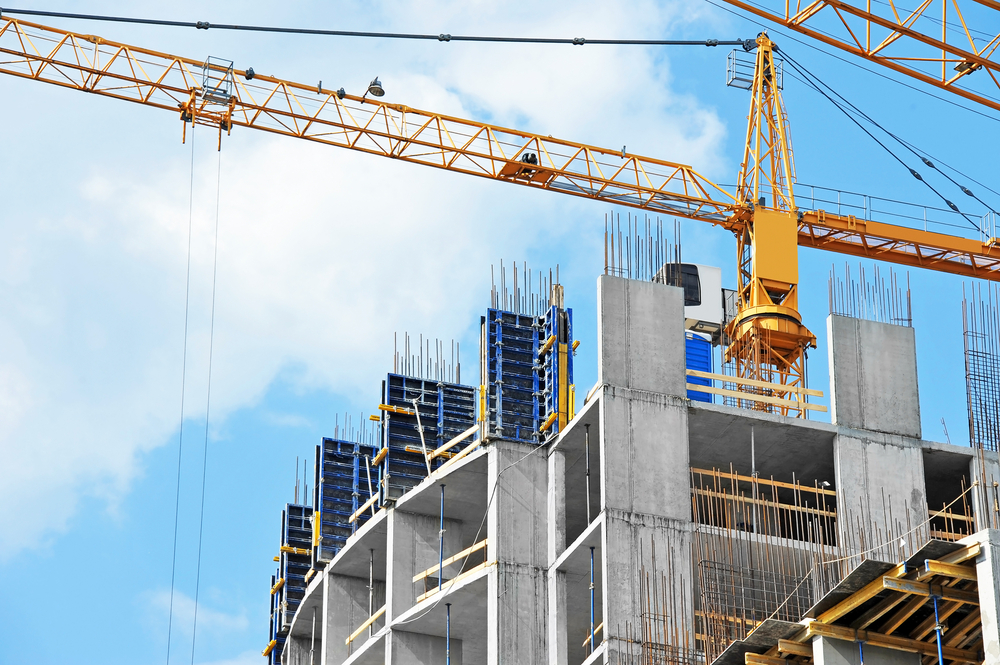
The use of prefabricated walls in a project; image by Ungkas Photo/Shutterstock
WHY IS THIS GOOD FOR THE INDUSTRY?
Full digital transformation was expected to take place fully in the next decades. Construction will finally witness integration of BIM, machine learning, 3D printing and robotics in its workflows. Now that COVID-19 seems to have changed the narrative, this might come sooner than we expected.
The next question is, why accelerated digital transformation may be good despite all the disruptions it entails? First of all, digitalising project delivery, especially in the ‘post-COVID’ world, will at least bring the following benefits:
Higher efficiency
The World Economic Forum believes that of full-scale digitisation could help the industry escape its long overdue productivity progress and save USD1.0 trillion to USD1.7 trillion in annual cost. The economies of scale and efficiency offer a fast track to transform project delivery, making processes faster and cheaper. For example, using 3D printing in construction models can make the job easier and quicker, and can also help minimise errors by pinpointing problems prior to the actual construction.
Improved collaboration
Digital technologies connect all stakeholders of the project in real-time, allowing them to see the progress at every stage. When collaboration is strong, team members can prioritise on meeting shared goals. The cloud servers, for example, connect architects with the management, the client and the sub-contractors, regardless of their geographical locations.
Building trust
With so many stakeholders involved in a project, miscommunication and confusion are inevitable, and this could slow down delivery. Technology can keep everyone in the loop. Blockchain system, for example, can record value exchange, administer smart contracts and combine them to not only build the company’s intellectual capital, but also certify proof of existence for certain data. With such transparency, trust amongst project collaborators will also increase.
Ensured OSH
Occupational Health and Safety (OSH) of workers on construction sites is one of the major concerns as the economy reopens. Integrating technologies can help project owners mitigate health, safety and environmental risks not only for the workers, but also for the surrounding communities and future property users. AI can enhance the safety culture and empower safety managers to view risk indicators that require immediate attention.
Players along the construction value chain need to prepare strategically to thrive in the face of anticipated disruption.
Image by bufallowboy/Shutterstock
WHAT MUST BE ANTICIPATED?
It seems evident that parts of the construction industry are undergoing an accelerated digital transformation right now; and like any other changes, going digital also means changing operations. To embrace this, players along the construction value chain need to prepare strategically to thrive in the face of anticipated disruptions.
A construction consultancy firm, Turner and Townsend, outlines some preparatory steps industry players can take, especially in the current situation after lockdowns are lifted.
Focusing on productivity and outcomes
To adopt new technologies, organisations must focus on what ultimate goals they are trying to achieve and what stages are required to get there. Non-essentials should be set aside and people, investment and innovation could all be directed to areas that will drive productivity and outcomes.
The COVID-19 crisis has taught businesses how to sustain revenue-generating activities and deliver projects efficiently and effectively in order to survive. A laser focus on productivity and outcomes should indeed be carried forward to the new normal, especially when a company decides to transform its digital infrastructure.
Building digital capability
A clear understanding of capability, culture, leadership and organisational design is necessary to inform digital plans and investments. This includes knowing the existing leadership and the skills of the team members; and knowing what systems are effective and obsolete as a result of changes in the working practices.
Following this, a plan to build digital capability could be set; training or skill building could be rolled out; and long-term investment in digital skills/resources that bring cultural change could be promoted. What should be noted here is that digital transformation is not only about recruiting new talents, but also to train the current workforce so that they could immerse themselves into the new culture.
Assured data and analytics
Technology can certify the proof for existence of data as well as build knowledge to inform decision making, but what is equally critical is the renewed requirements for assured data. There should be reliable data as well as robust, repeatable analytics to understand current and future reality as accurately as possible.
Aside from improving the skills of the existing workforce, keeping pace with upcoming disruptions also requires improved integration and collaboration along the value chain, as well as changing mindsets and operations.
CONCLUSION
Digitalisation has taken over manufacturing, transportation, hospitality and many other sectors and it is currently transforming the construction industry as well. Surveys and observable evidence suggest that COVID-19 has indeed speeded up the transformation.
Architecture, engineering and construction companies have shown how they can maintain operations across large parts of their businesses by working remotely. As an industry, we have the capacity and players to carry on performing in digital environments that will define our societies for the years to come. The remaining question is how to continue to thrive to fulfil this role in promoting economic growth, social progress and environmental responsibility.
Aside from improving the skills of the existing workforce, keeping pace with upcoming disruptions also requires improved integration and collaboration along the value chain, as well as changing mindsets and operations.
– Construction+ Online
Disclaimer: Construction+ makes reasonable efforts to present accurate and reliable information on this website, but the information is not intended to provide specific advice about individual legal, business, or other matters, and it is not a substitute for readers’ independent research and evaluation of any issue. If specific legal or other expert advice is required or desired, the services of an appropriate, competent professional should be sought. Construction+ makes no representations of any kind and disclaims all expressed, implied, statutory or other warranties of any kind, including, without limitation, any warranties of accuracy and timeliness of the measures and regulations; and the completeness of the projects mentioned in the articles. All measures, regulations and projects are accurate as of the date of publication; for further information, please refer to the sources cited.
Hyperlinks are not endorsements: Construction+ is in the business of promoting the interests of its readers as a whole and does not promote or endorse references to specific products, services or third-party content providers; nor are such links or references any indication that Construction+ has received specific authorisation to provide these links or references. Rather, the links on this website to other sites are provided solely to acknowledge them as content sources and as a convenient resource to readers of Construction+.



